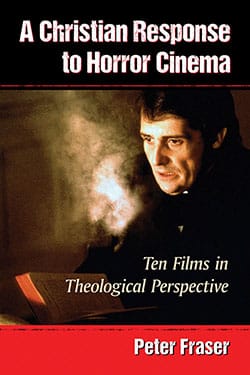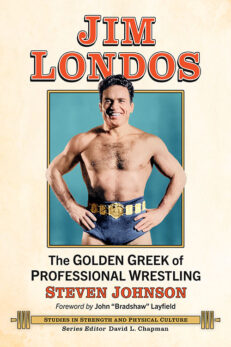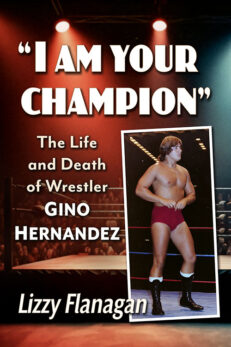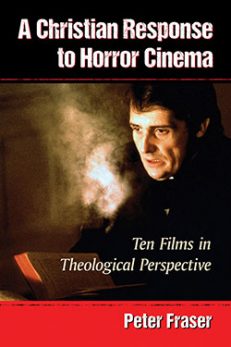A Christian Response to Horror Cinema
Ten Films in Theological Perspective
$29.95
In stock
About the Book
Christianity has had a powerful influence on every sphere of Western art, even art which on the surface might seem antithetical to the faith. This book argues that point with an analysis of the horror film genre, examining nine classics which illustrate the evolution of horror and reveal a culture haunted by fear of the unspeakable. The history and literary roots of the horror genre are also discussed.
The author concludes that our innate dread of evil and the imperative of warding it off are the key mechanics of the horror experience. Films covered include Vampyr (1932), The Mummy (1932), The Thing (1951), Night of the Demon (1957), The Wicker Man (1973), The Exorcist (1973), Halloween (1978), Ringu (1998) and Pan’s Labyrinth (2006).
About the Author(s)
Bibliographic Details
Peter Fraser
Format: softcover (6 x 9)
Pages: 216
Bibliographic Info: 24 photos, notes, bibliography, index
Copyright Date: 2015
pISBN: 978-0-7864-9824-6
eISBN: 978-1-4766-1972-9
Imprint: McFarland
Table of Contents
Table of Contents
Introduction 1
1. What Lies Beneath the Horror Genre 5
2. Monster and Man: Guillermo del Toro’s Pan’s Labyrinth 26
3. Modern Paralysis and Ancient Faith: Carl Dreyer’s Vampyr 42
4. Carnival Pleasures: Karl Freund’s The Mummy 60
5. Lawless Men and Beasts: Jacques Tourneur’s Night of the Demon 78
6. Kill Thine Enemy: Howard Hawks’ The Thing 95
7. The Return of Molech: Robin Hardy’s The Wicker Man 113
8. The Corruption of the Virgin: William Peter Blatty’s The Exorcist 132
9. No Pleasure but Cruelty: John Carpenter’s Halloween 152
10. Lord of the World: Hideo Nakata’s Ringu 168
Conclusion 191
Chapter Notes 195
Bibliography 201
Index 205
Book Reviews & Awards
“a well-written, accessible work…it fills a void as one of the first books of its type”—Journal of American Culture.





